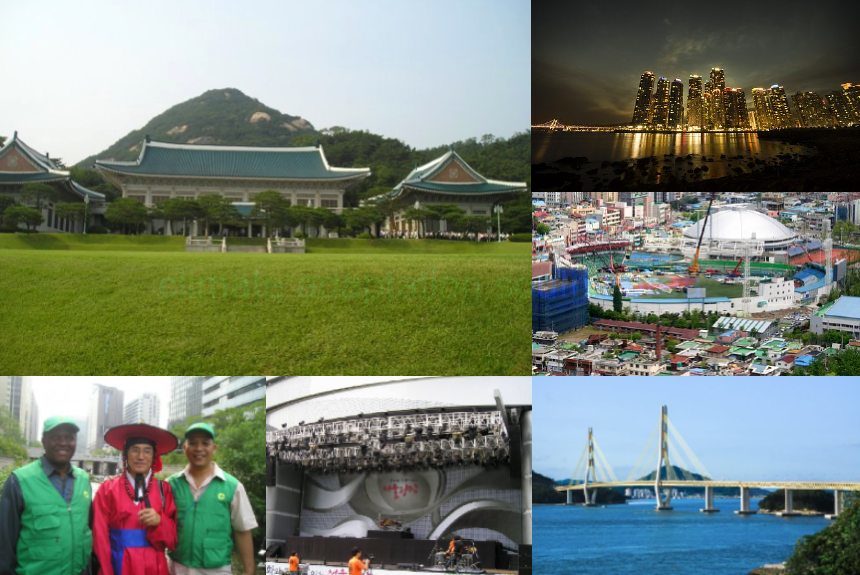The study examines the climate adaptation strategies of six metropolitan cities in South Korea: Seoul, Daegu, Daejeon, Incheon, Busan, and Ulsan.
These six cities’ adaptation plans and budget expenditures were compared based on the Implementation Plan for Climate Change Adaptation Strategy (IPCCAS) 2012-2016 and each municipality’s annual expenditure report.
When the government established the National Comprehensive Plan for Climate Change Adaptation in December 2008, it announced a series of national-level adaptation plans. It encouraged local governments to develop their own.
In 2009, the government enacted the Framework Act on Low Carbon Green Growth, which required the national government to formulate an adaptation strategy and local governments to implement it every five years. Based on this act, the government announced the National Climate Change Adaptation Strategy (NCCAS) 2011–2015 in 2010, and with it came the IPCCAS, which served as a manual for local governments to help them develop their adaptation plans.
The study says that mitigation alone is not sufficient to address climate change. In the context of policies, building resilience is synonymous with having climate adaptation strategies in place, which include providing alternative water supply, flood protection, cooling services, green infrastructures, and emergency preparedness mechanisms.
Though municipalities have announced their adaptation plans, the study says that implementing them is rare. And that climate adaptation studies do not assess these strategies’ performance. According to the study, failure to implement adaptation plans is sometimes due to financial or political constraints.
The study finds that the six metropolitan cities have implemented various programs to adapt to climate change; however, adaptation spending, both overall and by sectors, varied from their original plan or their IPCCAS.
Cities prioritised disaster/infrastructure, water management, and health sectors, and their actual spending was less than their planned budget. Some cities spent more on specific industries in their adaptation, while others did not use the money allocated in their budget.
The study revealed that the current adaptation in South Korea’s metropolitan cities is not well-tailored for each municipality. To ensure consistency in adaptation planning and implementation, local governments should consider local conditions when developing adaptation programs rather than broadly applying their NCCAS.
To read the entire study, click on the link below:
Source
Lee, J.-S., & Kim, J. (2018). Assessing Strategies for Urban Climate Change Adaptation: The Case of Six Metropolitan Cities in South Korea. Sustainability, 10(6), 2065. doi:10.3390/su10062065



Leave a Reply